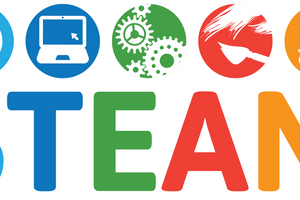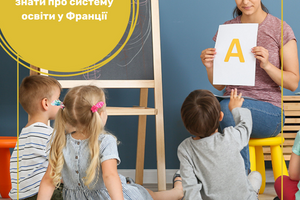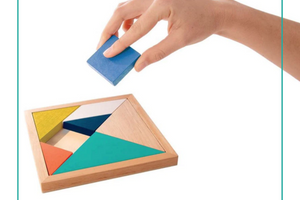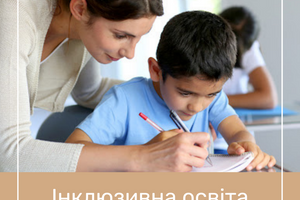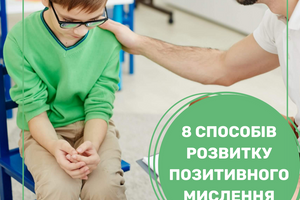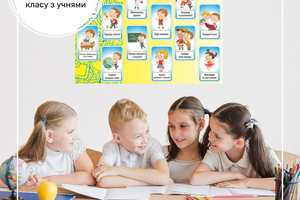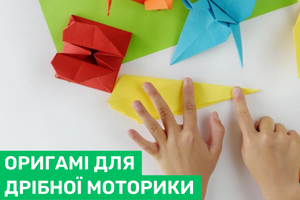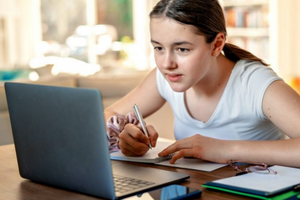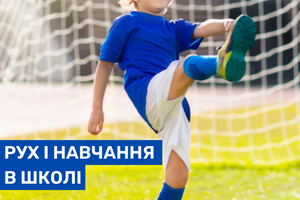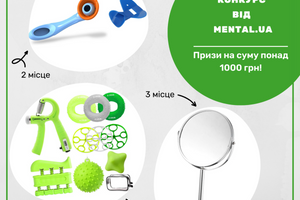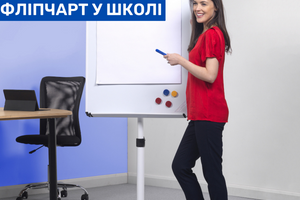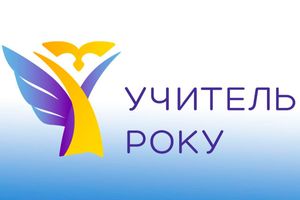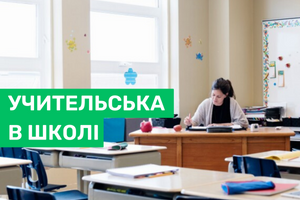How to effectively conduct therapy with a child at home? Fine motor skills - preparing a child for writing.
The goal of hand therapy is the development of fine motor skills, that is, the child's manual skills, and the improvement of small movements. Therapy includes mobility of shoulder blades and joints of the upper limbs and normalization of muscle tone. Depending on the disorders, we work on strengthening the muscle strength of the upper limbs, stimulate deep and superficial sensations, improve visual and motor control and coordination of work with both hands.
The hand is a part of our body and only in cooperation with it will it properly perform its functions. Therefore, it is important to improve individual parts of the hand during classes, while developing awareness and feeling of the whole body.
At the beginning of the exercise, we should focus on the shoulder girdle and upper limbs, then we develop the work of the hands and fingers, and finally we introduce graphomotor exercises.
Children's hand therapy should be thoughtful and comprehensive. Only its last element is work with a writing instrument. Before that, the child must go through many preparatory stages in order to be ready for writing.
The presented exercises are mainly intended for children who:
• have problems with tying shoelaces, fastening buttons, cutting beads, placing small objects
• they draw imprecise patterns, do not like to cut, draw, glue, drawings often seem sloppy,
• they write letters incorrectly, imprecisely, of different sizes, extending beyond the lines, links between letters of different lengths, the slope of letters is different, the spacing between letters is too large or too small, the handwriting is illegible, the pace of writing is slow, they have difficulty with pacing relative to other children
• experience difficulties when riding a bicycle, scooter, standing on one leg, they are characterized by general clumsiness and poor motor coordination,
• they adopt the wrong posture while working at a desk or have problems maintaining it,
• squeezing the writing instrument incorrectly, squeezing it too hard or holding it too lightly,
have too slow or too fast a pace of work,
All measures proposed during therapy should correspond to both the motor level of the child and the level of his cognitive functioning. Classes should be interesting and fun. Then they will be most effective.
IT IS INTERESTING TO DO SMALL MOTORS AND EXERCISES FOR THE UPPER EXTREMITIES:
• swings up and forward: throwing a ball, paper balls;
• up-down swing: the flight of a bird, an airplane
• waves to the side: picking up items in the basket;
• waves with joined hands: woodcutter;
• raising hands up: rustling trees, gathering stars
• lowering the hands to the sides: the rays of the sun;
• swinging arms, bent at the elbows;
• folding of hands above the head: dwarf cap;
• clasping hands together: arrow
• placing the hands on the palms: how to sleep
HAND EXERCISES:
• pressing hands on the tabletop;
Applause, rubbing hands;
• moving the hand over the brush: stroking;
• punches on the table with varying intensity;
• stroking materials of different texture;
• finger twirling.
EXERCISES FOR FINGERS:
• wave your fingers - farewell;
• imitation of playing the piano, trumpet;
• finger tapping: raindrops falling on the table, birds pecking grains;
• collecting fingers;
• translating or collecting small items, securing paper clips;
• interlacing fingers: a basket with intertwined wrists;
• stringing of beads;
• paper tearing;
• unscrewing plastic caps from plastic bottles;
• arranging a mosaic of small elements;
• painting (from left to right or top to bottom) large sheets of paper with a brush;
Finger painting (we recommend special, safe finger paints)
GRAPHO-MOTOR EXERCISES:
drawing with thick soft chalks;
• running your finger along patterns from left to right, top to bottom, drawing horizontal and vertical lines, coloring contours, drawing arcs;
• learn to connect dots on a sheet of paper with lines;
(in the case of the above exercises, you can use a didactic guide with colored lines)
• tapping rhythmically with a felt-tip pen [a pattern in the form of snow-like dots, drawing rain, circles];
• filling in the outline of the child, drawing hair, eyes, nose, ears, coloring clothes, etc.;









